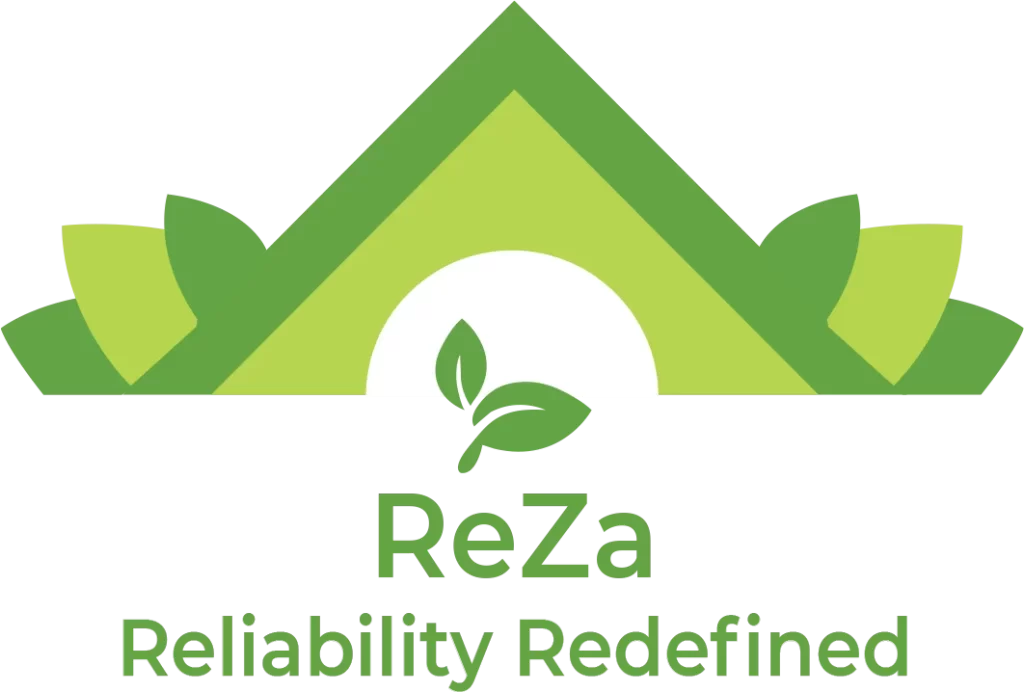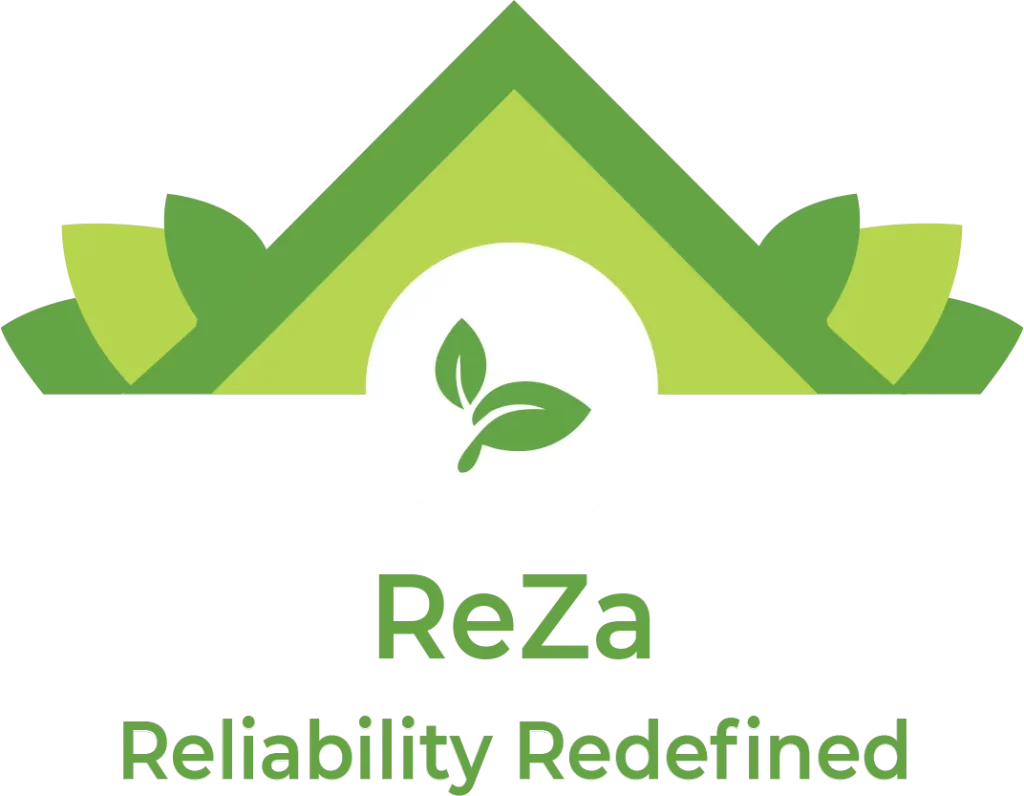Cool Your Roofs With Cool Roofing Materials For Hot Climates In 2022
Your roof shields you from heavy rains, snow, and cold winds, but if you live in a hotter climate, it can also help keep your home cool and comfortable. If you use the wrong material, your roof may bake in the sun, transferring heat from the top to the rest of your house. Poorly built roofing systems will also suffer from the heat, resulting in cracks and damage that could lead to leaks and foundational issues later. Choosing the right roofing specialists is critical.
The cool roofing material can help you save money on your next utility bill and energy in the long run while also ensuring overall durability. Excellent roofing materials can help in hotter climates.
Why Material Matters?
Even though climates differ, so should the roofing material used.
Consider natural disasters possibilities like temperature rise, natural elements such as rain, snow, hurricanes, tornadoes, and other natural disasters. Some materials are more heat-absorbing sheets for roofs to extreme heat than others and will reflect sunlight to keep your home cool. Additional materials will withstand hurricane-force winds and temperature fluctuations throughout the year.
Choosing the appropriate material should not be taken lightly. Here are a few questions to consider:
- What is the weight of the material?
- Will it necessitate any exceptional framing?
- Is the fabric following the local fire code?
- Is there any special roofing guideline about the installation or maintenance?
- How long will the product last?
- Does a warranty cover it?
- Is the material resistant to the extreme weather conditions common in your area?
Effects Of Summer On Roofs
As the world continues to warm, regions worldwide are experiencing an increasing number of severe weather events and extended periods of above-average heat. Homes bear the worst part of the punishing weather in hot climates like these, and roofs take it the most, where the sun is exposed all day.
Roofs, however, do much more than keep the sun off your back. A poorly constructed roof degrades in the heat, cracking and breaking down over time. It also directs heat from the sun through the surface and into the home. As a result of this process, energy costs for the home cooling rise, making certain materials far less energy-efficient than others.
On the other hand, certain roof types can withstand the extreme heat while also providing airflow and much-needed ventilation between the roofing material and the decking, allowing homes to stay cooler than with asphalt shingles. Some materials make the thermal transfer more difficult, while others reflect sunlight off the roof, keeping homes as cool as a cucumber. Of course, each hot-weather material has advantages and disadvantages. To help you weigh the various factors, we’ve compiled a list of the most popular hot-climate roofing materials.
The Best Cool Roofing Material In A Warm climate
A few roof materials are engineered to survive harsh temperatures, dry conditions, and overpowering UV rays all year long without compromising ventilation and airflow through your attic and the rest of your home. Here are some of the most standard practical cool roofing materials for a hot climate.
Turbo Ventilators
Turbine ventilators, also known as Turbo ventilators, are round metal vents with fins. Even a slight breeze can cause the turbo ventilator to rotate. The rotation creates a centrifugal force on the tips of the fins, sucking out the stale hot air from the building. This is used in industrial roofing to keep the temperature of the building under control.
This roofing material is used solely for temperature control in industries, and so during summer, it is highly effective to bring down the core temperature of the building.
Asphalt Shingles
Although asphalt is the most common material used in shingle roofs, the concentration and density of asphalt shingles in urban areas result in mass heat absorption, resulting in higher temperatures than in the surrounding regions. This is mentioned as the heat island effect.
The asphalt shingles themselves, as well as their dark colors, are primarily responsible for this effect. Darker colors absorb more heat from UV radiation, whereas lighter colors reflect sunlight away. Painting your roof a more golden color may help you save money on your energy bills by reducing the heat island effect. Not all roof materials, however, can be painted or dyed.
Color Coated Roofing Sheets
These are extremely durable roofing sheets with a high-quality color layer that covers the entire roof or cladding length. The climatic conditions and their application determine the amplitude of the layering. The weather and its intended use choose the coating’s thickness, and it acts as a cooling sheet for the roof. Color coated roofing sheets come with lining enamel, used as an internal lining.
It is available in light colors which give it an added advantage during the hot summers. Color coated roofing sheets are commonly used to cover roofs that receive much sunlight due to their opaque properties. Industrial and agriculture roofing are in high demand.
How Do Cool Roofing Materials Work?
The building projects used to construct houses are entirely determined by the climate. The materials used to build a house in Himachal may not be suitable for use in Karnataka. This holds for all aspects of the architecture, including the roof. As a result, cool roofs have grown in popularity in warmer, i.e., tropical climates such as India, owing to their functionality and utility.
Investing in a cool roof brings a double benefit:
- High Solar Reflectance: It reflects a portion of the sun’s UV, infrared, and visible radiation, reducing the heat absorbed by the heating.
- High Thermal Emittance: It also releases or emits heat that the building retains. As a result, the building cools down much faster.
Climate Concerns To Consider
Depending on location, you’ll have to consider different climate factors when deciding on a roofing material. Whether you’re concerned about temperature, storms, or weather patterns, there will be a roof material option that’s right for you. Consider all aspects of your local climate before deciding on material.
Here are some climate characteristics to consider to get you started:
- Temperature on average
- The temperature and weather conditions change with the seasons.
- Natural disasters such as floods, hurricanes, forest fires, and tornadoes are possible.
- Common weather patterns, such as snow, rain, or strong winds
- The amount of sunlight
- Wind speed and direction on average
- Geographical location
- Precipitation totals
To Conclude
Choosing suitable cool roofing materials is critical for a comfortable, energy-efficient home. As the threat of global warming grows, having eco-friendly methods of mitigating the threats to your existence ensures you stay ahead of the game. Consult ReZa Smart Build Inc for top-notch roofing materials for hot and warmer climates in Bangalore. Feel free to contact us for roofing material quotes or check out our social media pages for roofing tips and care.

